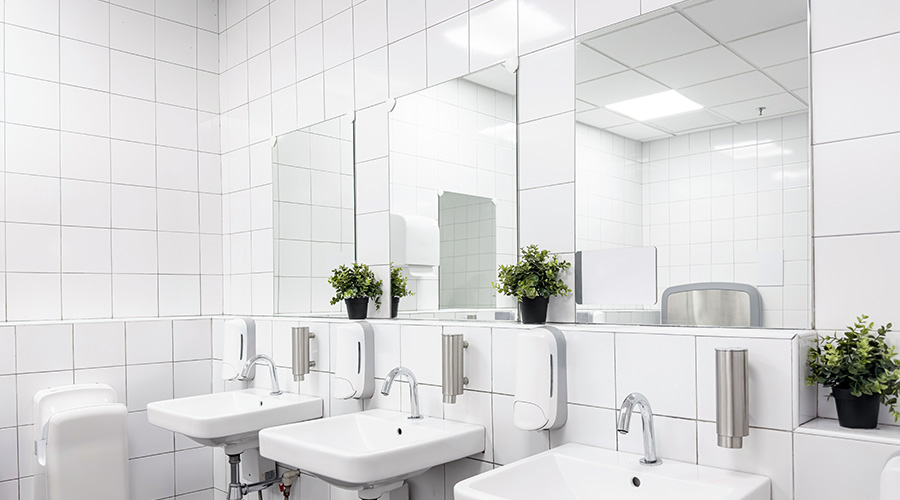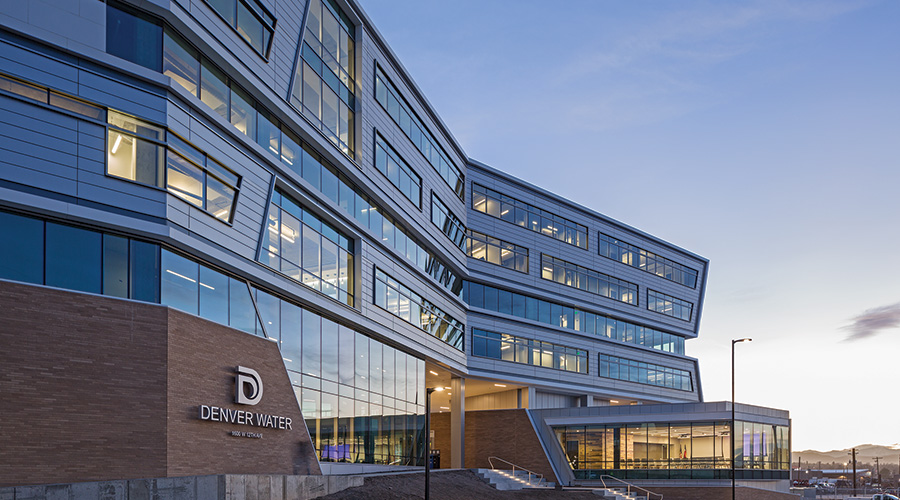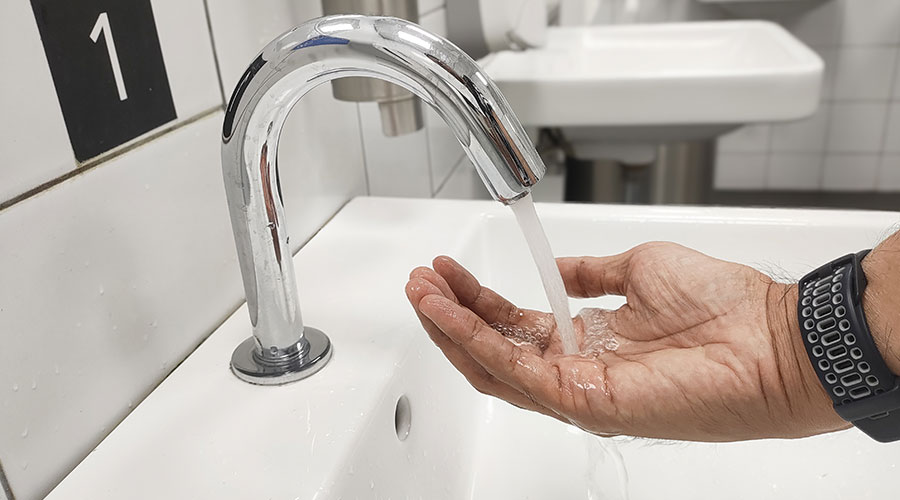Anticipating Problems Helps Managers Control Plumbing Retrofit Costs
Maintenance and engineering managers face a host of important decisions when planning plumbing retrofits in institutional and commercial facilities. They have a variety of options from which to choose related to products, schedules and contractors. Some of these decisions depend on the types of occupants in the building, while others depend on local or state regulations or product standards.
The real challenge for managers is to address these issues far enough in advance that they can avoid headaches and delays and produce a finished retrofit that delivers the intended benefits to the organization.
Bottom-Line Issues
Typically, the aesthetic look of a plumbing-fixture upgrade will not affect the performance of a fixture, so it is important to consider the goals of the retrofit that are less visible but still essential. Typically, one main goal of a plumbing retrofit is to replace damaged or dated fixtures with modern, more efficient fixtures that result in a reduction of the amount of water facilities use and, as a result, decrease their overall expenditures on utilities.
But it is important for managers to be aware of problems that could occur during a fixture replacement project.
For example, scope creep can be a significant problem for any project. When assessing a potential plumbing retrofit, it is important to define the project's goals and expectations early in the planning process. When reviewing the financial aspects of the retrofit, it is easy for manages to become carried away with inaccurate savings projections.
Among the essential aspects managers must consider are the number of fixtures to be replaced, the difference in flow volumes between the new and existing fixtures, and the frequency with which occupants and visitors use the fixtures. Managers also must consider the cost of water and of wastewater, as well as the effect these costs will have on the project's overall payback.
For managers who run into problems developing the cost and return on investment values, they can consult many online resources to help determine an estimate for the frequency with which occupants and visitors use a fixture. Examples of such resources include the Energy Star program and the LEED rating system.
Alternatively, managers can seek professional help by requesting the assistance of a plumbing contractor or consultant familiar with the types of systems to be replaced or installed. When going this route, it is important to have the contractor or consultant review the as-built conditions and existing water consumption and compare those factors to the installation requirements and estimated reduction in water use. A good consultant can create a baseline and extrapolate reasonable expectations for future water use and the associated savings and payback.
Related Topics:













